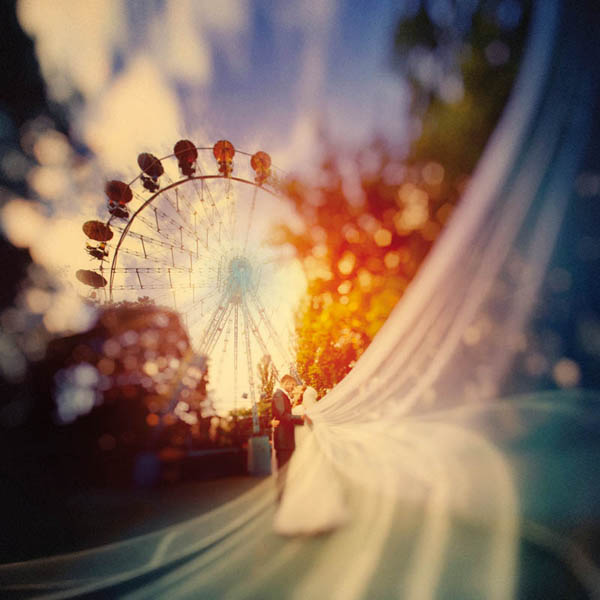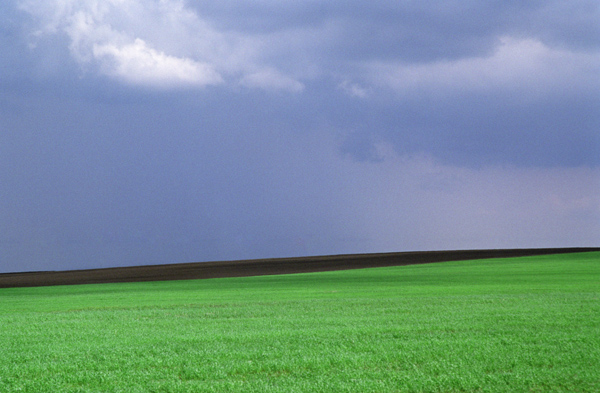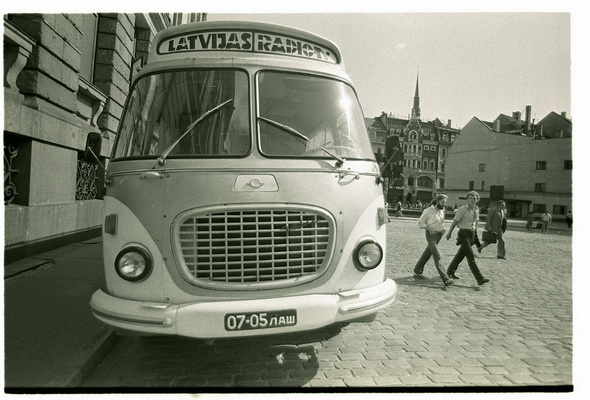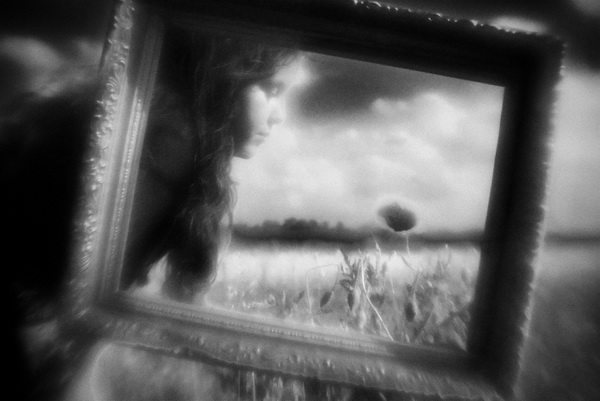“PHOTOGRAPHY IS A WAY TO DISASTER FEAR”
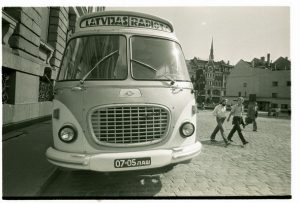 The head of the studio and the news presenter on the Kultura TV channel, the winner of the TEFI award Vladislav Flyarkovsky is an experienced photographer. He has been engaged in photography since school days. At different times, the role of photography in the life of Vladislav changed, but there was always a place for it.
The head of the studio and the news presenter on the Kultura TV channel, the winner of the TEFI award Vladislav Flyarkovsky is an experienced photographer. He has been engaged in photography since school days. At different times, the role of photography in the life of Vladislav changed, but there was always a place for it.
Flyarkovsky Vladislav Pierovich
Biography: In 1975 he graduated from school. He dreamed of entering the Architectural Institute – did not work out. Three years in the Far East, on the Pacific coast, without interruption from combat training, he wrote and shot for the newspaper fleet and district. In 1979, he brilliantly showed himself at a creative competition, but he was not enrolled in VGIK. He found a worthy replacement for cinema on the television department of the Faculty of Journalism of Moscow State University. Collaborated with the Youth Editors of Central Television, which became a member in 1987. Television life was a success: “Peace and Youth”, “12th floor”, “Vzglyad”, program “Time” (Kremlin commentator), Russian television – 7 years in “Vesti” (4 years leading, 3 years own correspondent in the Middle East, Jerusalem), “Details” (RTR), Editor-in-Chief “TSN” (TV-6), “Week” (TVC), “News” in Russian (ICTV, Kiev). And finally – “Culture”, where he found everything he had been looking for for 25 years.
– Vladislav, is it possible to say that you inherited a passion for photography from your father?
“It was from my father, along with piles of photographic magazines that lay at every step. Dad taught to deal with technology, helped to master photochemistry. “Hydroquinone – metol – potash” I pronounced as a child’s accountant. And magazines shaped my belief that not everything in the world is transitory. I gradually understood that I could express myself in what I saw, caught, stopped, manifested, printed on paper and in memory – and this is already forever. There were a lot of magazines: of course, “Soviet Photo” – as without him; The Czechoslovak Revue Photography is an amazing gloss, rare, elite, VERY special. I then made many important discoveries for the youth: I found, for example, that the female body is not just a living-bearing flesh, but also an object of art. I admired the city landscape photos and saw so much mystical, mysterious on them that I walked around the real city with caution. I calculated then that among the major photo masters the most of all are French, Germans, Czechs and Lithuanians.
– How did you learn to take pictures? Attended the photo club? How many acquaintances at school engaged in photography with you?
– In schools that I knew and in which I studied, there were no photo circles. Here in the Palaces of Pioneers – yes, without fail. It should be noted that photography then was not such a massive hobby as it is now. A difficult for those times combination of technology and creativity took more effort, time, intellectual tension than today. Today, no need to mess around. And then … Only aeromodelling was more difficult than photo-modeling. I remember that in hikes and travels with classmates I was shooting alone.
– While serving in the Armed Forces, you made “demobilized” albums and created an army photo chronicle. Communicate with the old “models”?
– In the army, the photo made me almost a “white bone”. Not immediately, of course; long pressed, until the “talent is not discovered.” But then they valued no less than the battalion artist, all three years (I served in parts of the sea support). Everyone wanted to believe that the “urgent” is not years, erased from life, but a whole epic. What does a photographer do? He displays this epic. Chronicle of current events is no less important. Imagine how the authority of the chief ship foreman increased in the eyes of his colleagues, if in the photo in the Lenin’s Room he looked like Nakhimov? And who portrayed him like that?
– The works presented in our article were made in the 70-80s. Tell me more about your photo business in those years.
– I didn’t immediately perceive photo-craft as a craft, although in the 80s I was working part-time by mass shooting and in-line printing. Artistic ambitions came out quite early. I, of course, methyl in the master. Each shot was a discovery, each spectacular perspective evoked delight and pride. I went to the architectural institute because the camera taught me to see, touch and understand architecture, taught me how to work with scale, shape and light. And then I went to journalism with the confidence that “marrying” her with a photographic business was a couple of trifles. He studied at the TV department of the journalism department of Moscow State University and collaborated with several magazines. Even sport was shot for the “Olympic Panorama”, although sport is not at all my topic.
– What genres of photography are closest to you in spirit?
– The same architecture. In general, all inanimate: objects, objects. As Jean Baudrillard said, only lifeless things or savages.
